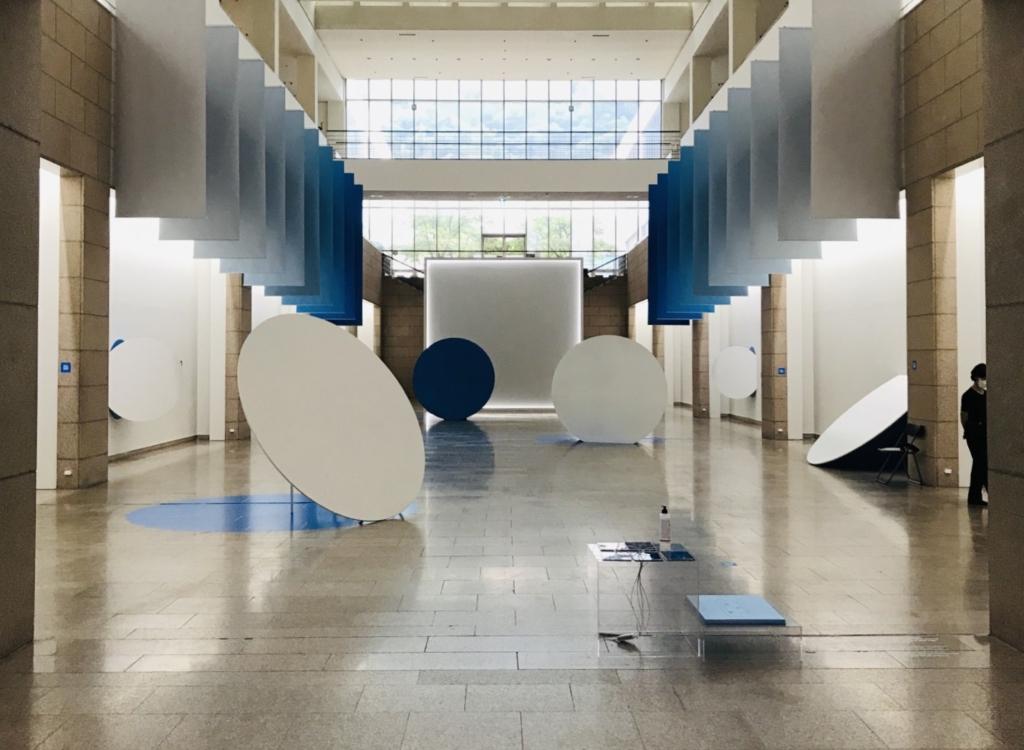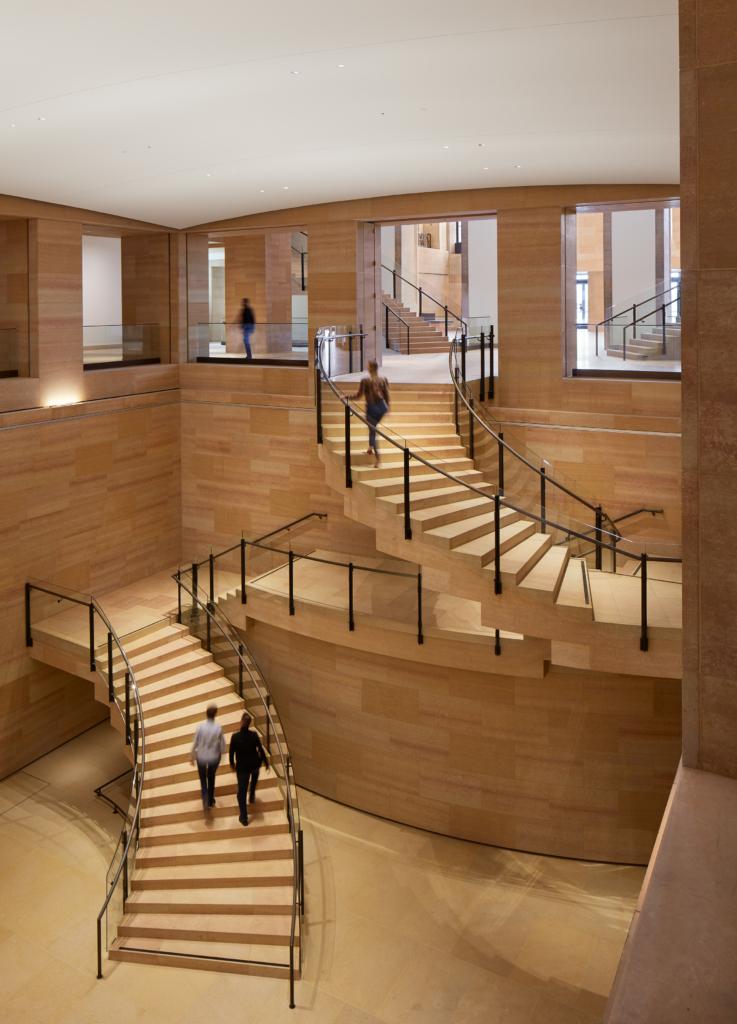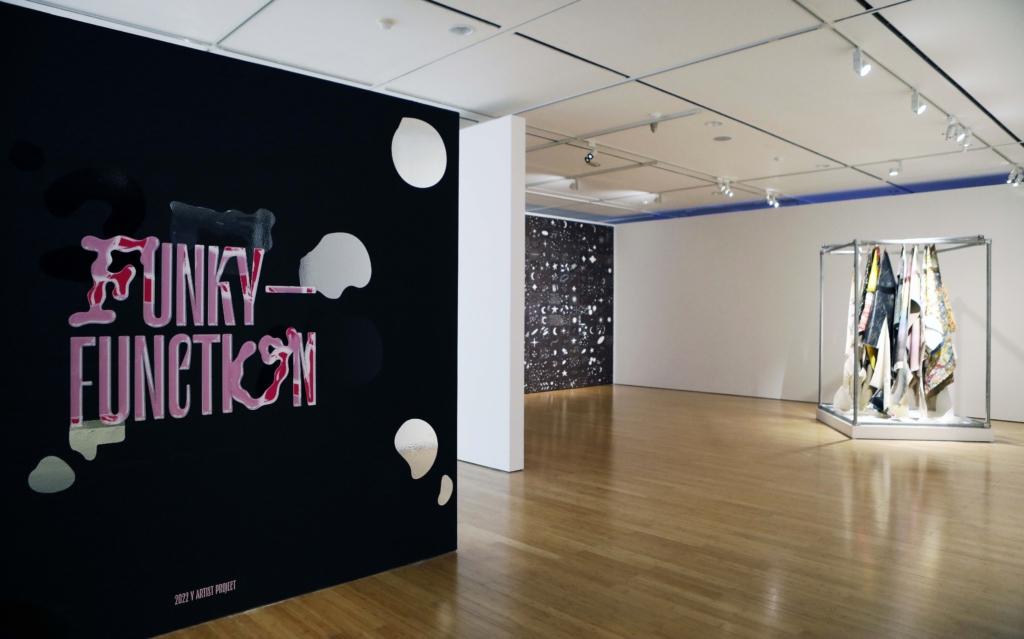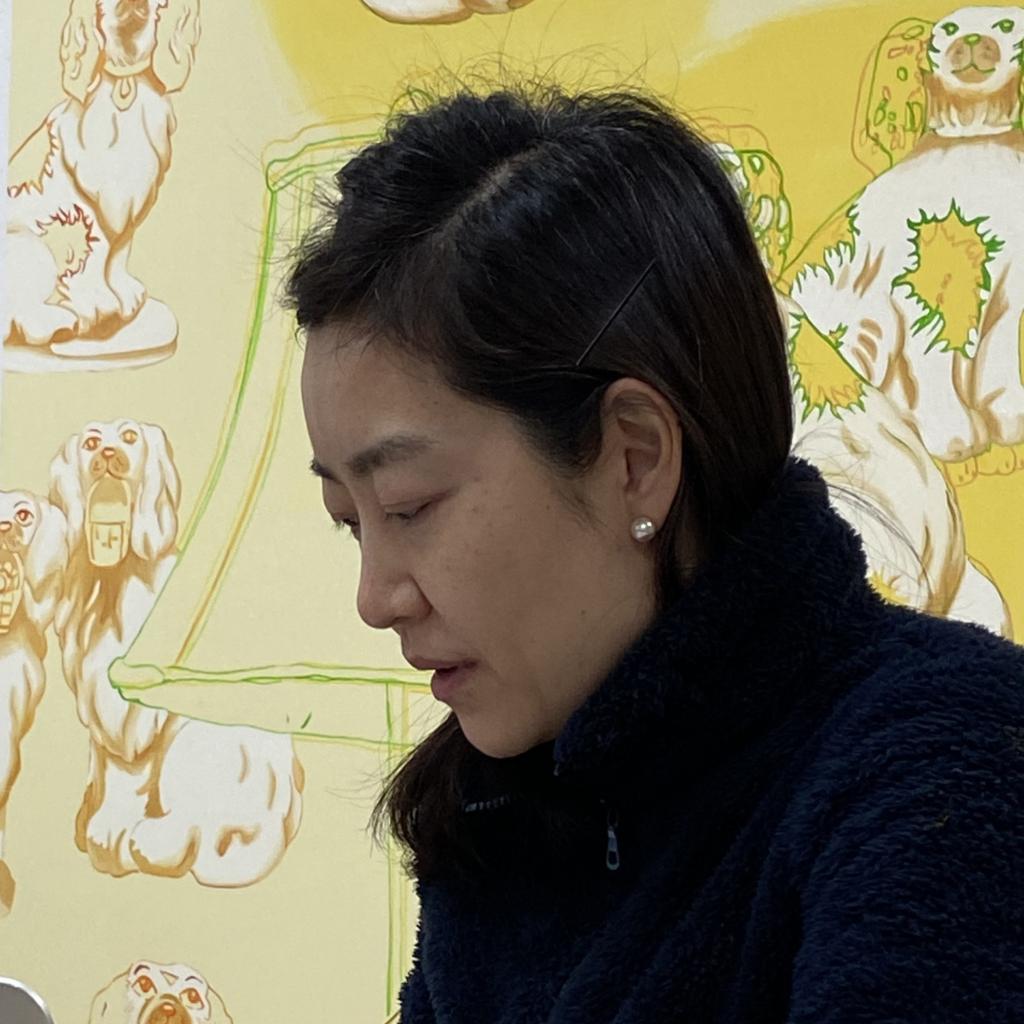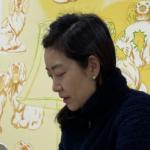The Korean Wave Is Coming: Korean Art at Art Museums Abroad
The exhibition Hallyu! The Korean Wave held at the Victoria & Albert Museum in London will be traveling to the Museum of Fine Arts in Boston next year. Additionally, a large-scale exhibition introducing contemporary Korean art is scheduled to be held at the Philadelphia Museum of Art this October. Is the Korean art wave spreading in the international art scene?
Korean idol group BTS has broken the glass ceiling of Asian pop and achieved worldwide popularity, leading people to compare their influence to the “British Invasion” of the 1960s. Just as British singers, led by The Beatles, targeted the US market, BTS has become the center of a global influence, spreading the impact of numerous K-pop groups around the world.
In fact, when “Hallyu” (Korean Wave), a term to describe the global boom in Korean pop culture, first emerged in the early 1990s, many saw it as a temporary phenomenon. Initially, Hallyu spread mainly to East Asian countries such as China, Taiwan, Hong Kong, Vietnam, and Japan. During that time, various South Korean popular culture industries saw its potential and aimed to promote their cultural content in markets such as North and South America and Europe; however, they did not achieve significant success. Partly for this reason, many did not view Hallyu as a long-term trend.
However, as we all know, this expectation proved to be entirely inaccurate. Hallyu, which began in the early 1990s, has persisted for several decades, and its influence has grown significantly in recent years. Contents of Korean popular culture, including K-pop idol groups such as BTS and Blackpink, movies such as Parasite and Minari, as well as dramas such as Squid Game, have gained immense popularity internationally.
Nowadays, efforts to promote Hallyu for Korean companies are no longer necessary, as major overseas companies have taken an interest in Korean culture. As Korean culture has become a global phenomenon, Netflix, a leading OTT platform, invested 550 billion KRW (approximately $4.7 billion) in Korean original content in 2021 alone. Additionally, global luxury fashion companies, including those in France and Italy, are quick to appoint K-pop stars as their global ambassadors. These developments leave no doubt that Hallyu has evolved into a significant international trend.
Hallyu is not only spreading its influence across diverse cultural regions but also making an impact in various fields. As Hallyu has become a worldwide sensation, international art museums are organizing exhibitions to examine the influence of this global trend on contemporary art. They aim to grasp the cultural flow represented by Hallyu and the changes it is bringing to the modern and contemporary art scene. Furthermore, there are plans to hold exhibitions that examine how Korean contemporary art has evolved and emerged from its cultural background to its current state.
One of the notable examples is the Hallyu! The Korean Wave exhibition, which was held at the Victoria & Albert Museum (V&A), the world’s largest design museum, in London from September 24, 2022, to June 25, 2023.
The exhibition will also be showcased at the Museum of Fine Arts in Boston, one of the top three art museums in the United States, alongside the Metropolitan Museum of Art in New York and the Art Institute of Chicago in Illinois, from March 24 to July 28, 2024.
V&A’s Hallyu! The Korean Wave exhibition showcased various aspects of Hallyu, from “Gangnam Style” to Korean dramas, movies, fashion, beauty, food, and art. It also presented the historical context and development of South Korea from the 20th century to the present. The exhibition explained the characteristics of contemporary Hallyu culture, such as Korea’s compressed modernization, the embrace of American popular culture, and the pursuit of traditional and modern values, combining traditions, modernity, popular culture, and art throughout.
While some critics noted that the exhibition did not fully capture the phenomenon of the Hallyu wave, it was deemed highly meaningful in terms of explaining the historical and cultural context and showcasing the developmental background of Korean arts and culture. Rosalie Kim, the curator of the exhibition, expressed her intent to provide an opportunity for even those who are familiar with Hallyu to learn about the history and culture that underlie it.
In addition to this, there are upcoming exhibitions focused on Korean contemporary art. The Solomon R. Guggenheim Museum in New York will host an exhibition titled Only the Young: Experimental Art in Korea, 1960s–1970s, introducing Korean experimental art from the 1960s to the 1970s. The Philadelphia Museum of Art will present the exhibition The Shape of Time: Korean Art after 1989, scheduled to run from October 21, 2023, to February 11, 2024.
Why exactly are international art museums paying attention to Korean culture and art?
Contemporary art is characterized by its openness to experimenting with diverse ideas, as opposed to traditional art genres that adhere to specific rules. Therefore, contemporary art encompasses various styles, approaches, and concepts. Although Korean popular culture and Korean contemporary art are distinct fields with unique characteristics and target audiences, they share similarities with Hallyu content, which blends various elements. Most of all, there is a common thread between Korean contemporary art and Hallyu contents, particularly in the aspect that they share the same historical and cultural background.
International art museums are also aiming to promote cultural exchange and enhance cross-cultural understanding by showcasing Korean culture and art. Through these exhibitions, they aim to actively embrace cultural diversity by exploring Korea’s cultural identity. In the era of cultural diversity, various forms of art from all over the world are gaining popularity, breaking away from the dominance of the art markets in the United States and Europe.
With the Hallyu wave, the works of Korean artists have gained greater international recognition. However, a drawback exists in Korea, as there is still a greater emphasis on researching the economic impact of Hallyu as a cultural content rather than conducting in-depth and diverse analyses. Particularly, there is an absence of discourse on Hallyu from an artistic perspective. Through these exhibitions, it is hoped that a growing movement to study and analyze the artistic aspects of Hallyu will emerge, recognizing it as the global phenomenon it has become.
Aproject Company. Co., Ltd | Founder & CEO : Jay Jongho Kim
216 Dosan-Daero, B2F, Gangnam-gu, 06047 Seoul, Korea
Business Number : 894-88-01945
Contact : aproject.company@gmail.com
Mail-order-sales registration number : 제 2021-서울강남-04243 호




















